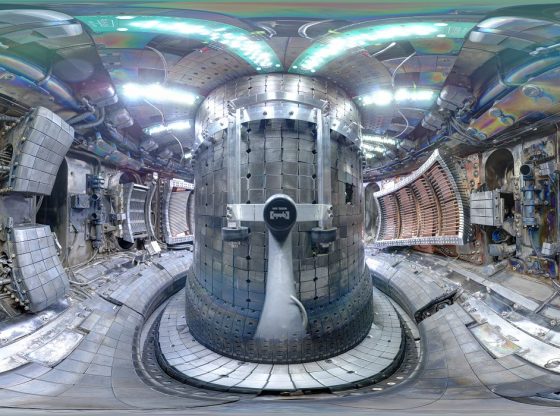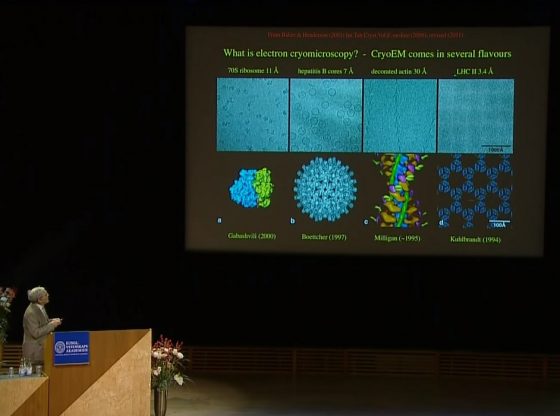Researchers have discovered gravity waves in space for a third time in a short period of time. The new waves arise from a collision between two black holes three billion years ago.

Credit: LIGO/Caltech/MIT/Sonoma State (Aurore Simonnet)
Gravitational waves, as predicted by Albert Einstein 102 years ago, arise in a rapid change of gravity field, for example in collisions or explosions in space. They are usually very weak, but sometimes a bit stronger, and those are now registered.
As with the two previous detections, this third wave (known as GW170104) also originates from a collision between two black holes – with a mass of 31 and 19 times the mass of our own sun. The collision occurred three billion years ago. GW170104 is more distant than the first (GW150914) and second (GW151226) events and is the second-heaviest.

The waves were again detected by Laser Interferometer Gravitational-Wave Observatory (LIGO) in the U.S. It consists of two observatories, one in Louisiana, one in the state of Washington.
“With the third confirmed detection of gravitational waves from the collision of two black holes, LIGO is establishing itself as a powerful observatory for revealing the dark side of the universe,”
“While LIGO is uniquely suited to observing these types of events, we hope to see other types of astrophysical events soon, such as the violent collision of two neutron stars.”
– David Reitze of Caltech, executive director of the LIGO Laboratory in a press realease.
The third wave was detected during LIGO’s second observation run that began on 30 November and will last through August 2017. The current sensitivity has a network signal-to-noise ratio of 13 and a false alarm rate less than 1 in 70,000 years. The detectors will then be upgraded late 2018, helping scientists to discover more about what goes on in the distant reaches of our cosmos.
LIGO represents a new way of seeing and listening to the universe. We, humans, have gone from sightings with the naked eye, to ordinary telescopes, to radio telescopes and other telescopes across the electromagnetic spectrum, to laser interferometers detecting gravitational wave altering space-time itself.

Gravity is treated as a phenomenon resulting from the curvature of spacetime in Albert Einstein’s theory of general relativity. This curvature is caused by the presence of mass. In certain circumstances, accelerating objects generate changes in this curvature, which propagate outwards at the speed of light in a wave-like manner. These propagating phenomena are known as gravitational waves.
The discovery, based on collaboration between researchers from several countries, is presented in Physical Review Letters.
Reference:
B. P. Abbott et al. (LIGO Scientific and Virgo Collaboration) GW170104: Observation of a 50-Solar-Mass Binary Black Hole Coalescence at Redshift 0.2 Phys. Rev. Lett. 118, 221101 – Published 1 June 2017











![OpenAI. (2025). ChatGPT [Large language model]. https://chatgpt.com](https://www.illustratedcuriosity.com/files/media/55136/b1b0b614-5b72-486c-901d-ff244549d67a-350x260.webp)
![OpenAI. (2025). ChatGPT [Large language model]. https://chatgpt.com](https://www.illustratedcuriosity.com/files/media/55124/79bc18fa-f616-4951-856f-cc724ad5d497-350x260.webp)
![OpenAI. (2025). ChatGPT [Large language model]. https://chatgpt.com](https://www.illustratedcuriosity.com/files/media/55099/2638a982-b4de-4913-8a1c-1479df352bf3-350x260.webp)








